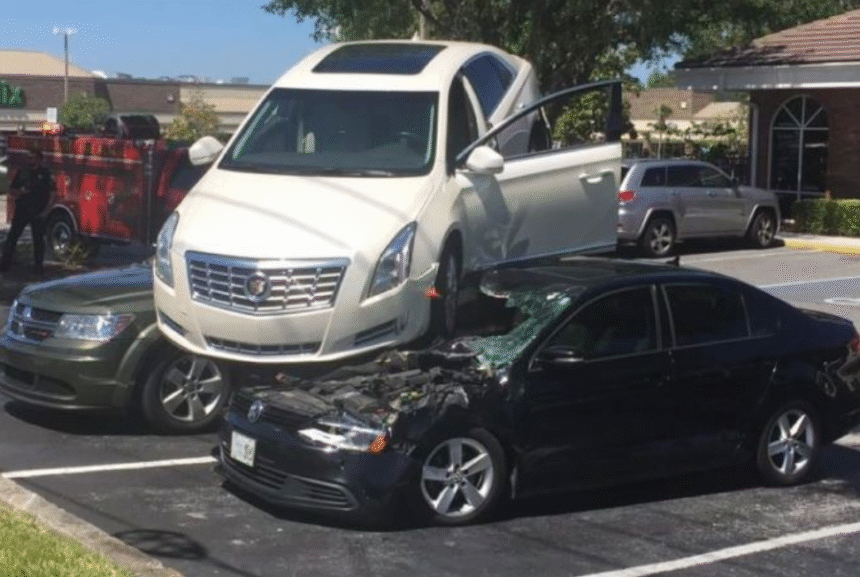We get calls that no parent should ever have to make. A mom whose teenager didn’t make it home. A dad watching his daughter fight for her life in the ICU. These conversations haunt us because we’re parents too, and they happen far too often these days.
Something has gone seriously wrong on America’s roads. Despite having the safest cars in history, we’re killing more people than we have in decades. According to NHTSA, over 42,000 people died in traffic accidents in 2022. A number like that isn’t just a number but an indicator of a crisis.
What Changed During the Pandemic
When COVID hit and the roads emptied out, something unexpected happened. Some drivers started treating highways like racetracks, where speed limits were suggestions and red lights were optional. Police had bigger problems to worry about.
Here’s the kicker: when traffic came back, those bad habits stuck around. More than a couple of us here in our office at O’Brien & Zehnder Law Firm have witnessed people running red lights in the aftermath of the pandemic. We’re all now dealing with pre-pandemic traffic volumes plus post-pandemic recklessness. It’s a toxic combination.
The numbers back this up. Speed-related deaths jumped 24% between 2019 and 2021. Red light running is up. Aggressive driving incidents have skyrocketed. Sadly, most have forgotten how to share the road.
Your Phone Is Killing People
Let’s be blunt about distracted driving. Your text message isn’t worth someone’s life, but people keep acting like it is. NHTSA says distracted driving killed over 3,500 people in 2022. That’s nearly 10 people every single day!
And it’s not just phones. Cars now have so many screens and buttons that they’re like rolling entertainment centers. GPS, music, climate control, seat adjustments—all of it pulls your attention away from the one thing that matters: not hitting anything.
The worst part? Most drivers think they’re better at multitasking than they are. Spoiler alert: multitasking while driving is deadly, don’t do it.
Pedestrians Are Sitting Ducks
If you walk anywhere in America, you’re taking your life in your hands. Pedestrian deaths hit a 40-year high in 2022. Kids, grandparents, and people just trying to get to work are all getting mowed down.
Part of the problem is that American roads weren’t initially built for walking. We prioritized cars over people, and now we’re paying the price. But the bigger issue is that drivers have stopped looking out for pedestrians.
Another item worth mentioning in this article but can easily be overlooked is our large vehicles. Everything in America is known to be bigger—especially our cars, and we’re used to it. But many large SUVs, minivans, and trucks worsen the dangers for pedestrians. A person hit by a car going 40 mph has about a 15% chance of dying. Get hit by an SUV at that speed? The odds drop to 50/50.
How to Not Become a Statistic
You can’t control other drivers, but you can control yourself. Here’s what helps:
Put your phone away—not on silent, not face-down—away. In the glove compartment, your purse, or wherever you can’t reach it, if you absolutely need directions, set them before you start driving.
Assume everyone else is an idiot. That sounds harsh, but it’s the reality of defensive driving. The person next to you might be texting, drunk, or having a medical emergency. Give them space.
Slow down. Speed kills, literally. The difference between 35 and 45 mph might save you two minutes, but it could cost someone their life.
Pay attention in parking lots. More accidents happen there than you’d think. Kids dart out between cars. Those that are up in years move slowly. Distracted drivers back out without looking.
If the Worst Happens
Nobody plans to get in an accident, but if you do, your first few decisions matter enormously. Get medical help immediately, even if you feel fine. Adrenaline masks pain and injury. What feels like a minor bump could be a severe concussion or internal bleeding.
Document everything. Take photos of the cars, the road, and your injuries. Get contact information from witnesses. Ask for a copy of the police report.
Insurance companies love to deny claims, so give them as little wiggle room as possible. In fact, please try not to say “I’m sorry,” a small phrase often used when a person has done nothing wrong. Even if you are unsure of what happened at the accident, pause before speaking and, if needed, keep silent. Investigations can reveal things you didn’t see, like the other driver running a red light or texting. Let the experts figure out what happened.
Know What You’re Entitled To
If another driver hurts you, their insurance should cover your medical bills, lost wages, pain, and suffering. But insurance companies don’t just hand over money. They’ll try to minimize your claim or deny it.
It is good to know that California law permits you to recover damages even if you were partially at fault. If you were 20% responsible and the other driver was 80% responsible, you can still collect 80% of your damages.
That said, you have a limited time to file a claim. In most cases, it’s two years from the date of the accident.
The Road Ahead
America’s car crash problem isn’t going to fix itself. Although we can argue who needs to do what—city planners with safer roads or more zealous law enforcement —the truth is, it starts with us. Remember that you’re operating a 4,000-pound weapon whenever you get behind the wheel. Take that seriously.
We have witnessed defendants wish they could go back and change just one moment—the moment before everything went wrong. Since they can’t, we will do our best to help those who have suffered injuries due to others’ negligence recover what was lost or receive compensation for it. We will also continue to try to help the public remember how small steps can lead to safer roads.
This information is educational and doesn’t constitute legal advice. Every accident case is different, and outcomes vary based on specific circumstances.












